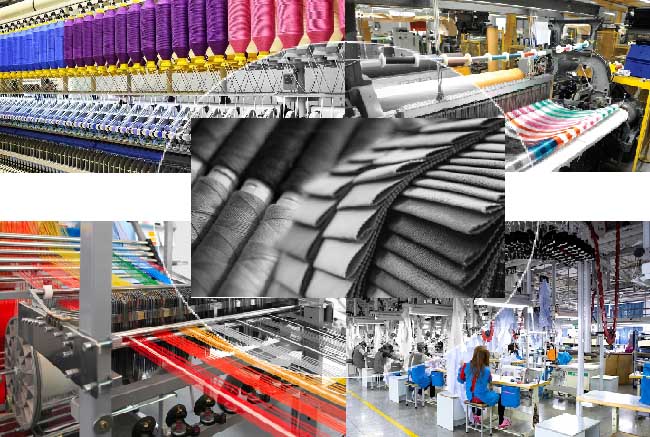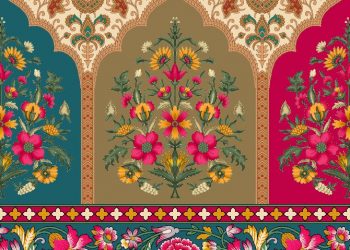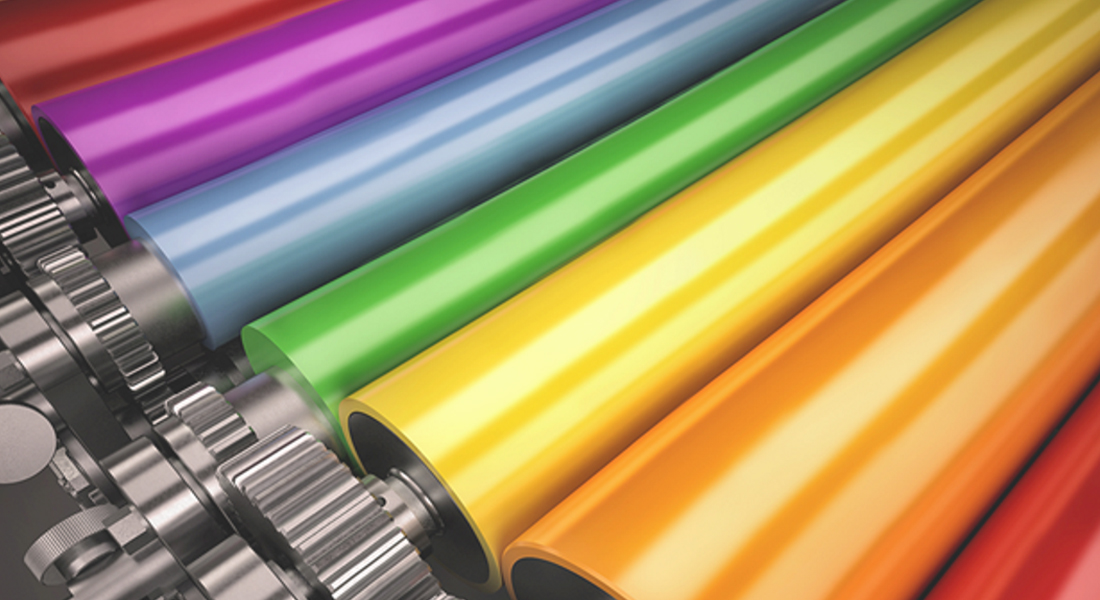Table of Contents
In this article we are now going to discuss complete Textile Fabrication Process. Fabric is a textile material made by weaving, knitting, or felting fibers together. It is used to make a wide variety of clothing, home goods, and other items.
Textile Fabrication Process begins with the harvesting of raw materials, such as cotton, wool, or linen. These raw materials are then processed to remove impurities and prepare them for spinning.
The process of turning fibers into yarn is called spinning. Yarn is then woven or knitted to create fabric.
Two sets of yarn are interlaced at right angles to create woven cloth. The process of knitting is the interlocking of yarn loops.
Once fabric is produced, it can be dyed, printed, or treated with other finishes to give it desired properties.
Also you can get information from How Textile Industry Works in Pakistan
Here Are The Steps On How Textile Fabrication Process:
Harvesting Raw Materials:
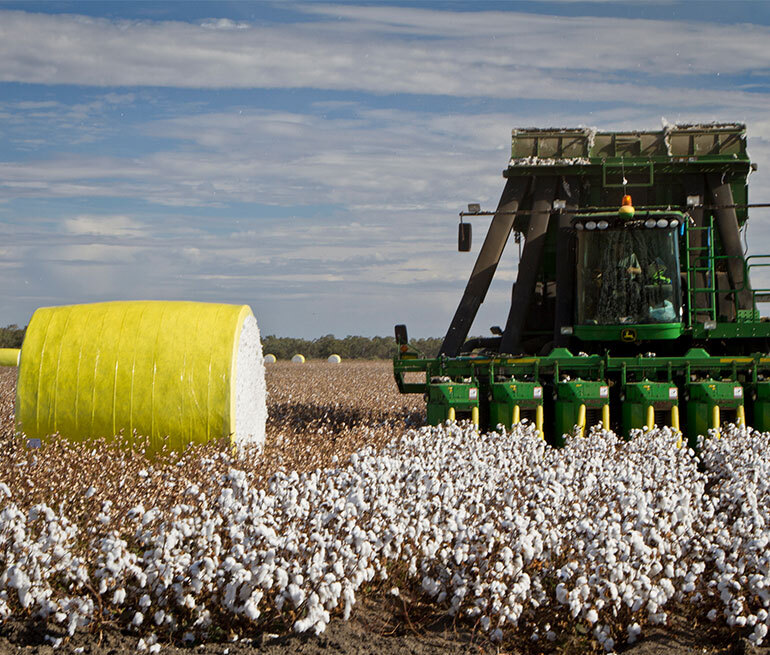
The first step in Textile Fabrication Process is to harvest raw materials, such as cotton, wool, or linen. Cotton is a soft, fluffy fiber that grows around the seeds of a cotton plant. Wool is a long, fibrous hair that grows on sheep. Linen is a strong, natural fiber that is made from the stalks of the flax plant.
Processing Raw Materials:

Second step is for making Textile Fabrication Process is processing raw materials. Once the raw materials have been harvested, they must be processed to remove impurities and prepare them for spinning. Cotton is cleaned and ginned to remove the seeds. Wool is cleaned and carded to align the fibers. Linen is retted, which is a process of soaking the flax stalks in water to break down the pectin that holds them together. The flax stalks are then dried and broken into fibers, which are then combed to align them.
Spinning:

Spinning is the process in which fibers turns into yarn. Yarn is made by twisting fibers together. There are two main types of spinning: ring spinning and rotor spinning. Ring spinning is the traditional method of spinning yarn. It is a slow and labor-intensive process, but it produces high-quality yarn. Rotor spinning is a newer method of spinning yarn. It is a faster and more efficient process than ring spinning, but it produces lower-quality yarn.
Weaving:
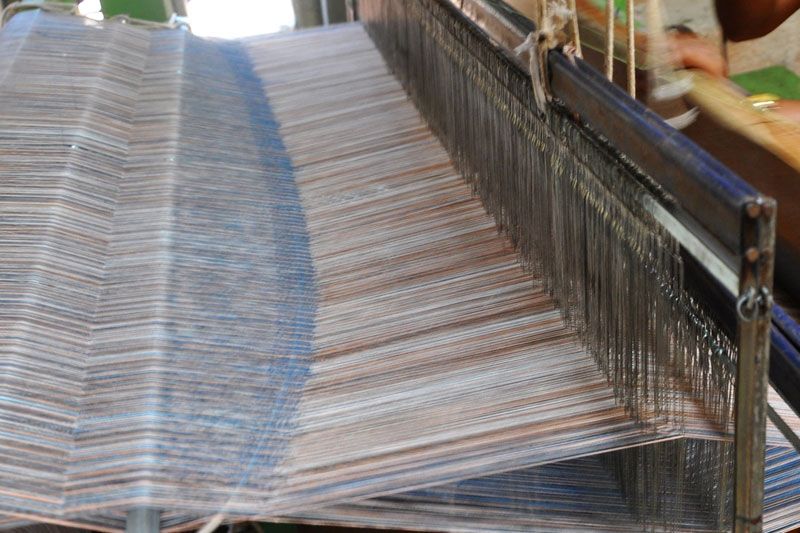
Weaving is the process of interlacing two sets of yarn at right angles to create fabric.The warp and the weft are the two groups of yarn. The warp yarns are the long, vertical yarns that run the length of the fabric. The weft yarns are the short, horizontal yarns that run across the width of the fabric. Weaving is done on a loom. There are two main types of looms: manual looms and power looms. Manual looms are operated by hand. Power looms are operated by machinery.
Knitting:

Knitting is the process of interlocking loops of yarn to create fabric. Knitting can be done in two different ways: by hand and by machine. Hand knitting is done by hand with knitting needles. Machine knitting is done on a knitting machine.
Dyeing:
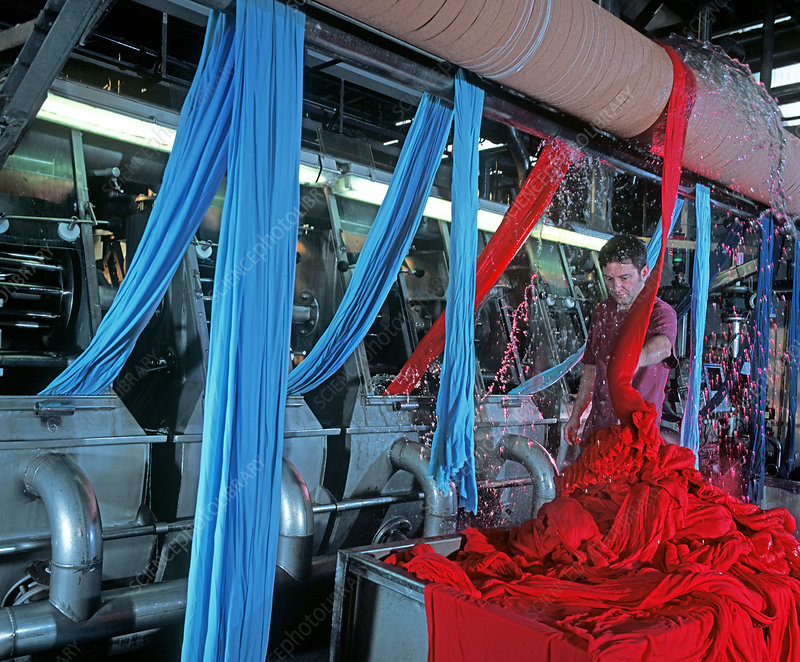
The procedure of dying is used to give fabric colour. There are numerous colour options for dyes. Fabric can be dyed before or after it is woven or knitted.
Printing:
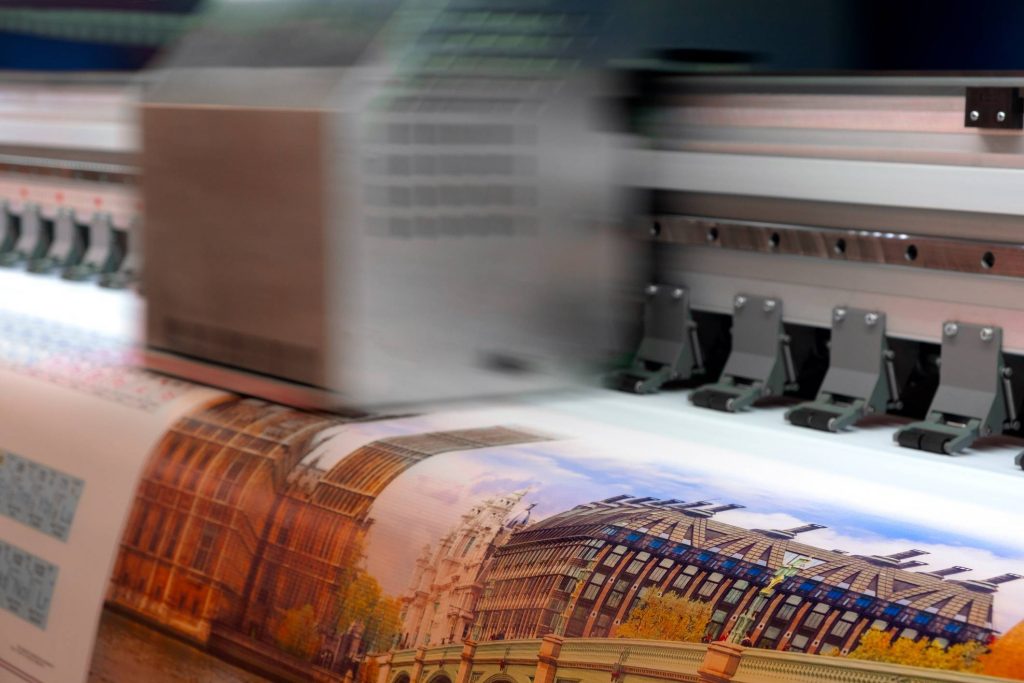
The technique of printing involves transferring patterns or designs to fabric. Printing can be done before or after fabric is dyed. Screen Printing and Digital Printing are two major ways of Printing. Traditional printing techniques include screen printing. It is a labor-intensive process, but it produces high-quality prints. A more recent printing technique is digital printing. It is a fast and efficient process, but it produces lower-quality prints.
Treatment:

Last step of Textile Fabrication Process is treatment. Fabric can be treated with a variety of finishes to give it desired properties. For example, fabric can be treated to make it water-resistant, wrinkle-resistant, or flame-resistant.
Also you can get some information at Difference Between Screen Printing and Digital Printing
Once fabric has been produced, it can be used to make a wide variety of clothing, home goods, and other items.
“This article was written by Bard, a large language model from Google AI.”

